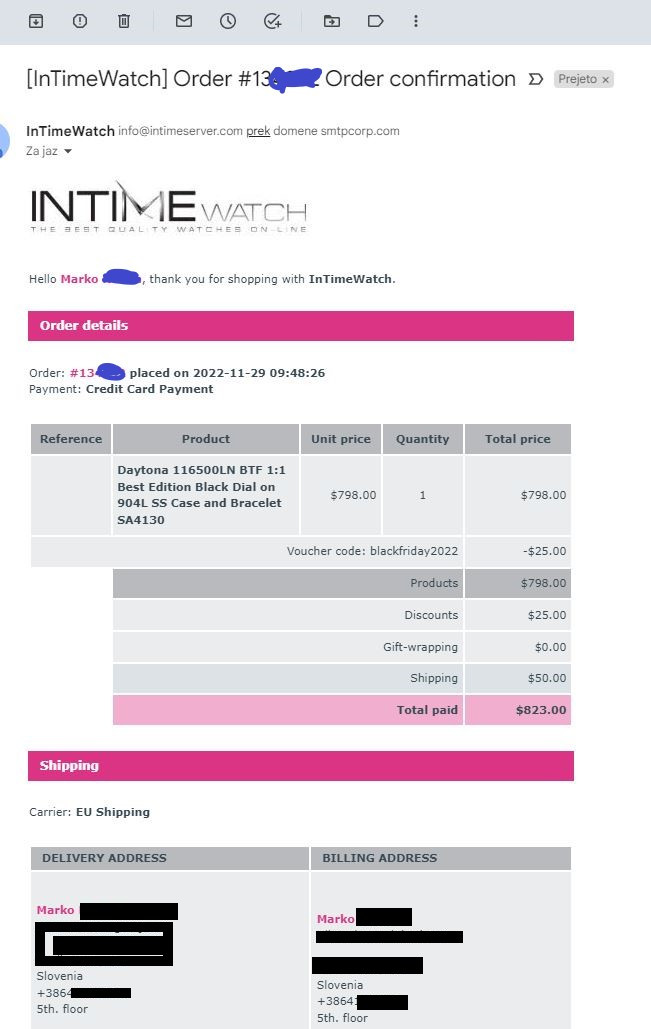

These are timepieces produced to be as similar as possible to often historic watches, but the protected names and logos are not reproduced. There is a legal version of a replica watch and it is called an "homage." A number of small internet communities and forums are dedicated to producing, reviewing, and discussing homage watches. This is why even legitimate brands end up "flattering" each other by borrowing design elements all the time. The number of elements on any given watch that can be copied legally is surprisingly numerous. So what fakes are actually doing is illegally copying a name and logo, as well as other trademarked elements that are designed to tell people who made the watch. Those fall under trademark protection and cannot be copied legally. What brands can protect however is their name and logo. Patents filed long ago have since expired, or there is so much copying going on between brands, that nothing is "original" any longer. I am not going to get into a long intellectual property discussion, but the issue is that while designs are something you can protect, things that are "functional" need to be protected under patent law, not copyright. Watch makers surprisingly don't have copyright protection on the design of their watches. Fake watches are a poor purchase decision because they are unlawful and because they are usually crap. The problem with the FHH's campaign of "Fake Watches Are For Fake People" is that the message totally skews what is wrong with fake watches. It is true that many people don't quite know why fake watches are illegal, or that they are illegal. If you buy a watch from a respectable looking retailer for an amount within a few hundred dollars of retail, then it is real. If you are buying a watch via a kiosk on the street for $200, then you expect it to be fake. Replica watches sold through more legitimate streams are relatively rare.

Fake watches are found in places where you expect to find a fake watch. Many people seem to be worried that they will somehow receive a fake watch when buying from a legitimate store or retailer. Walk down specific streets in major cities such as New York, Hong Kong, and Tokyo to find known "fake districts" where everything from replica sunglasses to timepieces are peddled to consumers looking to find them. Fake watches exist to satisfy the desires of people who cannot afford "the real thing" but want to portray the same status symbols as those who can. It has been that way for literally thousands of years as currency was among the first types of things that were faked. The replica watch industry is a natural tangent of a market for items that are outside of the realm of affordability for most people. Having said that, by nature, luxury goods are just that and can be priced outside of what most people can afford. As the watch industry pours more money into marketing their goods all over the world, awareness of their products increase and thus demand. It is just too difficult to catch them all. Though, very many still make it through to market. Working closely with customs officials in major markets, the luxury industry does play a large part in the successful seizure of fake goods.


 0 kommentar(er)
0 kommentar(er)
